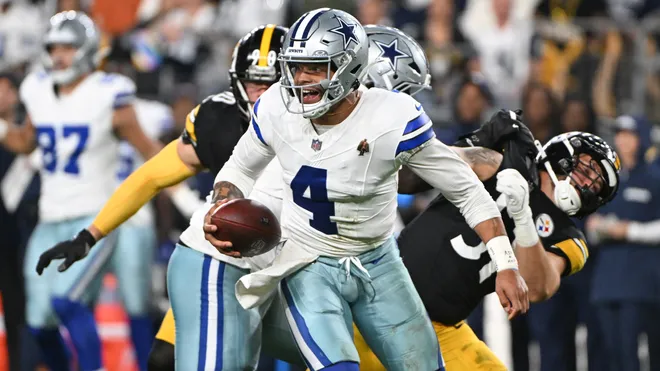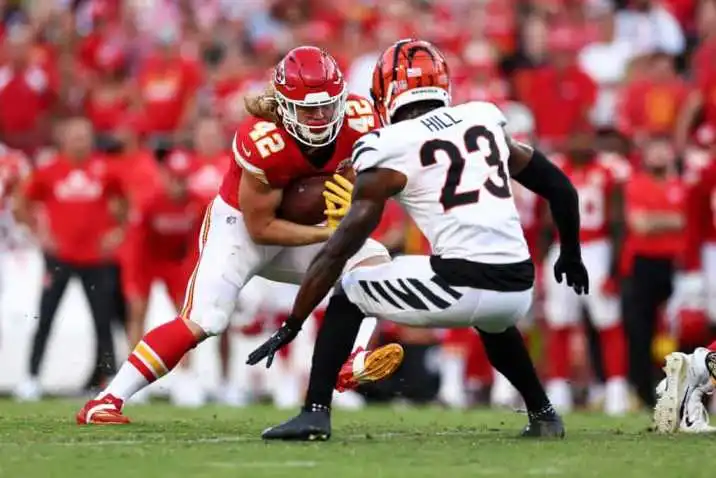
Yes, the Mets Are Still for Sale. No, the Owners Don’t Have to Sell Them.
As Steve Cohen, the hedge fund billionaire, ended his bid for the Mets last week after months of negotiations, he left no doubt what he wanted to happen next, as a fan and an investor.
“I’m very disappointed we couldn’t work out a deal, but as an 8 percent holder, I’m looking forward to a higher bid for the team,” he said.
Cohen had offered more than $2.5 billion in a deal that fell through because of a disagreement over money and control of the team with the Wilpon family, which has had a stake in the Mets for four decades and walked away from two significant offers to sell. Now, as the Mets return to the auction block, the team’s future is as uncertain as it has ever been.
Many fans fervently want the team to be run differently and by someone else. Even some members of the Wilpon family would rather cash out than stay in the baseball business. And yet one important fact has become a force for maintaining the status quo: Unlike a singular moment of crisis a decade ago, the Wilpons don’t really need to sell the team, or even a part of it, today.
That lack of urgency means that any deal is more about what circumstances will make the family want to walk away, especially its patriarch, Fred Wilpon, and his son Jeff, the team’s chief operating officer. In their ideal world, they might own the team forever.
Interviews with more than a dozen baseball officials, finance and media executives and people familiar with the Mets and the Wilpon family revealed that most of them believed that the Wilpons did not truly want to give up control of the team and that internecine family battles would ultimately decide the team’s fate. Nearly all of the people insisted on anonymity to speak about the situation to avoid damaging any relationships. The Mets declined to make the Wilpon family available for comment.
How the Wilpons Got Here
When the Wilpons announced a pending sale of a substantial share of the team in 2011, things were far more desperate. The recession had taken its toll on the real estate market, the original source of the family’s fortune. Also, the Wilpons had invested more than $500 million with Bernard L. Madoff, who pleaded guilty in 2009 to running one of the largest Ponzi schemes in history.
The Wilpons took out loans from Bank of America and Major League Baseball to meet basic expenses for the Mets. After the deal with the hedge fund manager David Einhorn fell through over issues of control, the family sold 48 percent of the team in small chunks to a number of buyers for $240 million. The team also cut costs. By 2014, the Mets, playing in the country’s largest media market in a sparkling new stadium, ranked 20th in baseball payroll.
The value of the Mets and every other Major League Baseball team has increased substantially since then, with significant growth in the digital and television rights deals for the league.
The Wilpons, through a different corporate entity than the one that controls the team, also own roughly 65 percent of the regional cable network SportsNet New York, a cash cow primarily built on televising Mets games.
The team, on the other hand, now has the eighth highest payroll in baseball, according to Spotrac, which tracks player contracts in major sports. The Mets lost more than $50 million last season, according to people familiar with the team’s finances, largely because of declining attendance and about $50 million in annual payments on bonds used to finance the construction of Citi Field. The family is able to temper its losses in part with the money it makes from the television network, giving the Wilpons the flexibility to allow a potential deal to sell the team to collapse.
But Fred Wilpon and Saul Katz, his brother-in-law and the president of the Mets, are both in their 80s. Several of their children do not trust Jeff Wilpon, the longtime chief operating officer of the team, to run it responsibly. Estate and tax planning are the primary motivating factors in the current push to sell the team.
Last year, to balance the needs of the children who want to sell with those of Fred and Jeff Wilpon, who have long been involved in every facet of the franchise, the Wilpons included an unusual provision in the doomed deal with Cohen. After the sale, Fred and Jeff Wilpon would remain in their roles running the team for five years.
As the parties attempted to finalize the terms, Cohen wanted assurances he would have influence on financial matters, veto power on certain spending issues and, after combing through the team’s finances, a reduced sale price, according to two people with knowledge of the negotiations. The Wilpons stayed put, and the deal collapsed.
Now Allen & Company, the Wilpons’ longtime investment bank, is following a more standard process of vetting potential bidders and will soon allow them to review the team’s finances. Any buyer would have to be similarly vetted by M.L.B. and pass a vote of the league’s owners.
Only the Mets are for sale at this point, not SNY, a stance puzzling to many who believe a number of potential buyers would be interested only if they could obtain both.
A Network Becomes an A.T.M.
Begun in 2006 during a cable television boom, SNY has done everything the Wilpons hoped it would. The network had profits of roughly $150 million last year, according to two people familiar with the network’s finances, giving it a potential market value of more than $1 billion.
The network was not a part of the deal Cohen was negotiating with the Wilpons. Adding it to the deal might make sense for prospective buyers, giving them control of the network that holds the team’s media rights, but selling it might make less sense for the Wilpons.
The Wilpons have taken out debt against SNY, according to a person familiar with the network’s finances, and would almost assuredly have to pay that back in the event of a sale. They would also have to pay significant capital gains taxes on the windfall.
The choice for the Wilpons comes down to allowing SNY to be included in a deal to maximize the deal’s value or to hold on to SNY, a reliable stream of revenue, and leave the debt and tax problems to be solved another day.
Cable operators pay SNY nearly $20 million a month, with 6.2 million customers receiving the network. Its costs are relatively low because the network pays for the television rights for only one major team, the Mets, essentially allowing the Wilpons to take money out of one pocket and put it another.
SNY is a steady money earner that most potential owners would want. Additionally, recent M.L.B. rules changes make it even more advantageous for teams to own the networks that show their games. Beginning this year, M.L.B. is allowing teams to sell their local streaming rights. Until now, the league has controlled them.
There is one major caveat, or maybe it\'s an opportunity. SNY controls the rights to the Mets’ games only through 2030, a relatively short time in a world in which 25-year contracts are not uncommon. What the media landscape will look like then is anybody’s guess.
Are They Really Going to Sell?
Since selling off nearly half the team to stave off the financial crunch eight years ago, the Wilpons have steadily bought back pieces. The biggest purchase came last year, when they purchased the 12 percent stake that Charter and Comcast owned, which put the value of the franchise at $1.5 billion, according to three people familiar with the transaction.
The Wilpons, who have garnered a reputation of trying to change the terms of a sale at the last minute, now own about 70 percent of the team.
People close to the family say the Wilpons’ ideal buyer is somebody so rich that concerns about losses and negotiating with a family not entirely committed to selling the team will not matter, someone who grew up in the New York metropolitan area as a Mets fan and has demonstrated an interest in the Mets. Somebody like, say, Steve Cohen.
With the Mets and the Wilpons, they say, never rule out anything.
James Wagner, David Waldstein and Edmund Lee contributed reporting.








